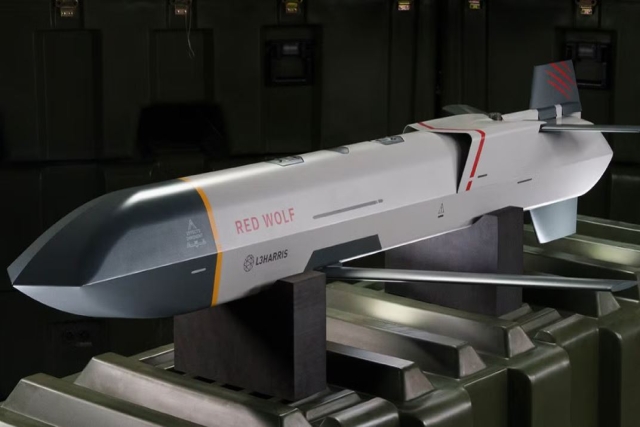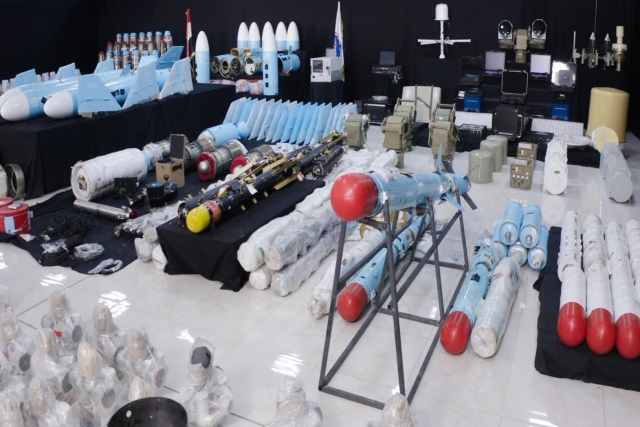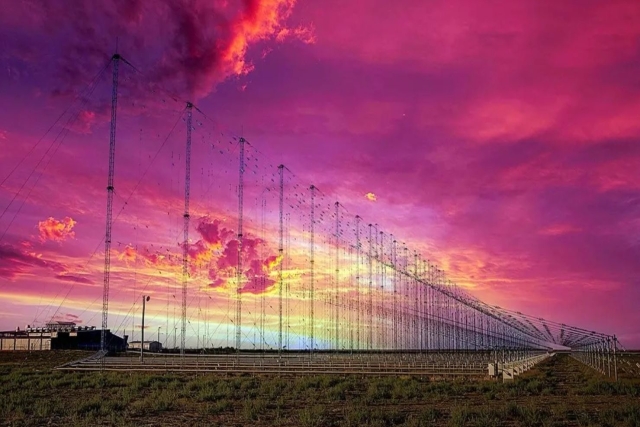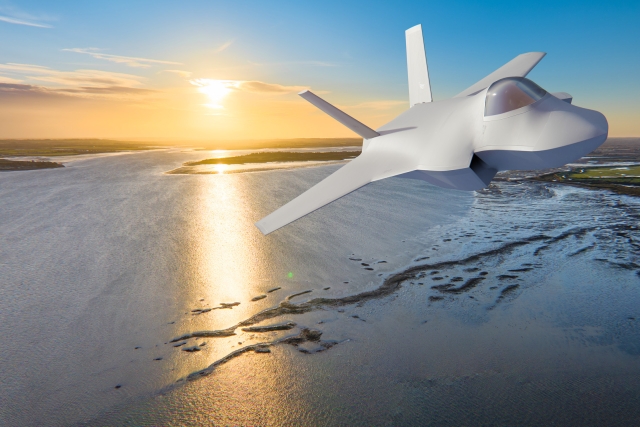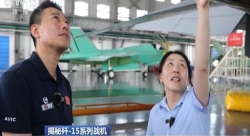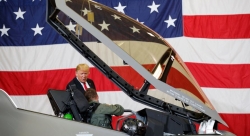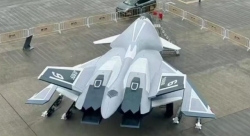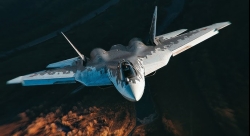San Antonio Takes New Technology to Sea
The amphibious transport dock ship USS San Antonio (LPD 17) deployed Aug. 28 as part of the Iwo Jima Expeditionary Strike Group (ESG), marking the first deployment of a ship in the technologically advanced San Antonio class of warships. The deployment introduces new technology and capabilities never before seen in any ESG. One example of this technology is the shipwide area network (SWAN). "SWAN is the first network to be the backbone of vital components of the ship," said Information Systems Technician 3rd Class Wendall Bates. "Engineering, navigation and steering all run through SWAN, allowing Sailors to monitor all the systems in a much faster and reliable way". Communications with other ships has always been key to the Navy's success. San Antonio has taken communications to the next level. "Our cooperative engagement capability allows us to interact with fellow ships underway," said Fire Controlman 1st Class (SW/AW) Kevin Sanders, combat systems leading petty officer. "By seeing what other ships see through our radars, we can see targets far ahead and either intercept them ourselves or pass along orders for our allies to intercept". Targeting surface threats with weapons has also benefited from the new technology. "San Antonio is the first class of ship to have an MK-46 30mm gun weapon system," said Cmdr. Kurt Kastner, San Antonio's commanding officer. "It is a very effective anti-surface weapon with specific daytime and nighttime modes". Another force protection measure added to the transport dock ship is San Antonio's arsenal of small boats. "Our collection of small boats makes both Amphibious Assault Vehicle (AAV) operations and visit, board, search and seizure (VBSS) operations easier with increased capability and flexibility," explained Kastner. Other San Antonio design features make day-to-day life more comfortable for the Sailors, while also increasing efficiency. The engineers aboard keep much cooler thanks to unmanned engine rooms. This is possible due to the engineering control system (ECS). "ECS is a PC-based system that provides remote monitoring and control of the propulsion, fuel, electrical, auxiliary, damage control, and ballast systems," said Kastner.
